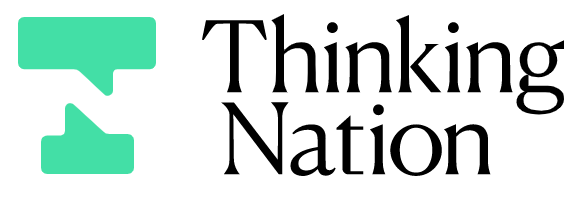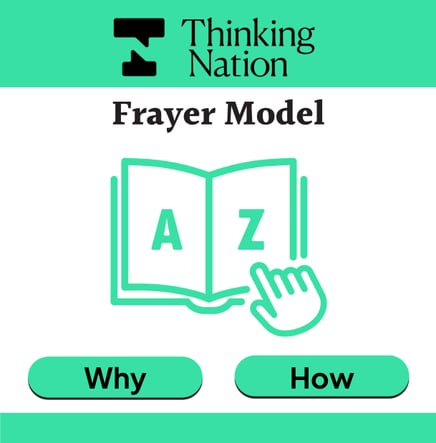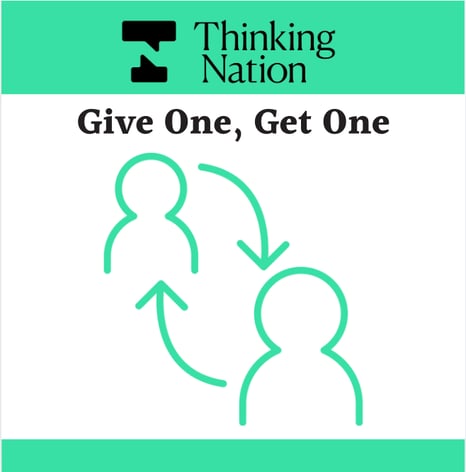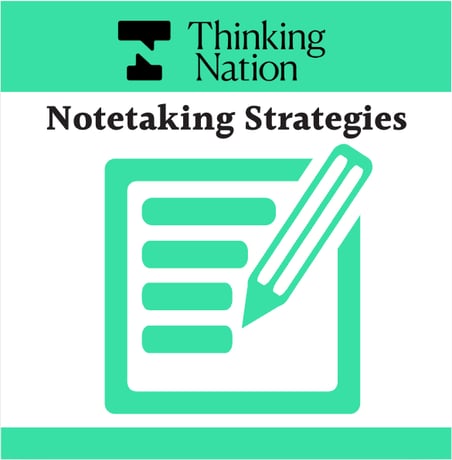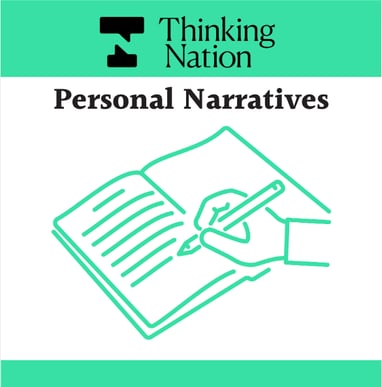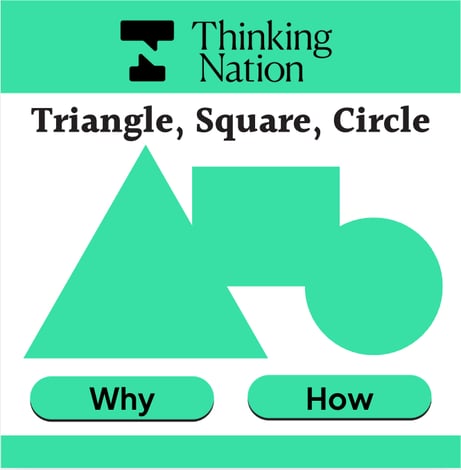
About Unit 0
💭 Essential Question: What is history and what skills do historians use to study the past?
The start of a school year is filled with excitement, anxiety, and can feel overwhelming for both teachers and students. Unit 0 lays the groundwork for studying world history by introducing key concepts, skills, and diverse perspectives essential for understanding the past. Lesson 1 focuses on personal narratives, illustrating how individual stories offer unique insights into historical events. Lesson 2 teaches students to evaluate source reliability, differentiating between primary and secondary sources, and researching historical topics. Lesson 3 introduces critical historian skills, including contextualization, sourcing, and evidence evaluation, while fostering collaborative discussions. The final lesson emphasizes the value of diverse perspectives, showing how factors like culture, class, and geography shape historical understanding. This unit also establishes classroom routines, encourages meaningful engagement, and provides opportunities to reinforce expectations, ensuring students are well-prepared for the challenges of the school year.

%20(800%20x%20200%20px)-Jun-16-2025-03-52-14-7219-PM.png)

Formatives assessments are a powerful way to measure how your students are progressing towards identified learning objectives (Additional Video).
▶️ Video
Graphic organizers are visual tools that help support students to structure, analyze, and understand information (Additional Video).
▶️ Module
